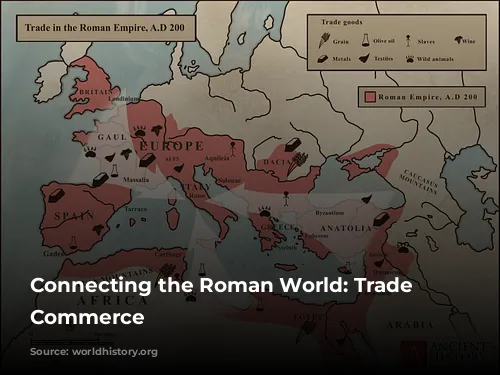Imagine a world where goods traveled far and wide, connecting distant regions and cultures. This was the reality of the Roman Empire, a world where trade flourished, connecting communities from the shores of Britain to the deserts of North Africa.
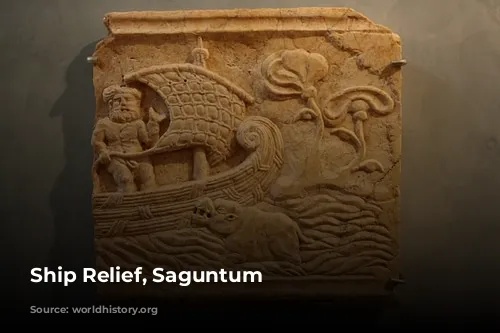
A Complex and Thriving Economy
The Roman economy was a complex tapestry woven together by a mix of state control and a free market approach. The government played a vital role in ensuring the smooth flow of essential goods, especially grain for the bustling city of Rome and its vast army. However, individuals and private businesses also played a significant role in driving commerce, fueling innovation, and connecting diverse regions.
Like other civilizations, the Romans witnessed their economy blossom as they expanded their territory, developed new technologies, and saw a surge in population and urban growth. The need to feed the growing population of Rome and its far-flung armies spurred the development of efficient agricultural practices and a robust system of trade.
The Romans, like most ancient civilizations, possessed a mix of economic strengths and weaknesses. While some historians, like M.I. Finley, argue for the importance of local consumption in the Roman economy, others highlight the remarkable growth of regional trade during the 2nd century BCE to 2nd century CE. This period saw a rise in specialized industries and the exchange of essential goods and manufactured products between different regions. While trade in the eastern part of the empire thrived thanks to the establishment of Constantinople, trade in the west gradually declined.
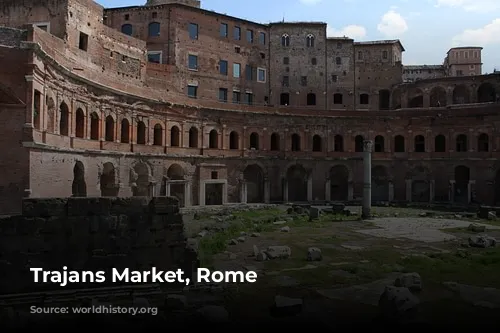
The Roman Attitude Towards Trade
While the Roman elite valued land ownership and agriculture, they viewed commerce and manufacturing as less noble pursuits. However, the allure of wealth often overcame their scruples, and many wealthy Romans invested in trade, employing slaves, freedmen, and agents to manage their business affairs and reap the rewards of commercial activity.
The Romans had a unique approach to trade, blending government regulation with private enterprise. They recognized the vital role of trade in maintaining their society and economy. The government actively intervened in the marketplace to ensure the availability of essential goods, particularly grain, through a system known as the annona system. This system included state-operated fleets and a dedicated official, the praefectus annonae, who oversaw the grain supply and regulated the various shipowner associations.
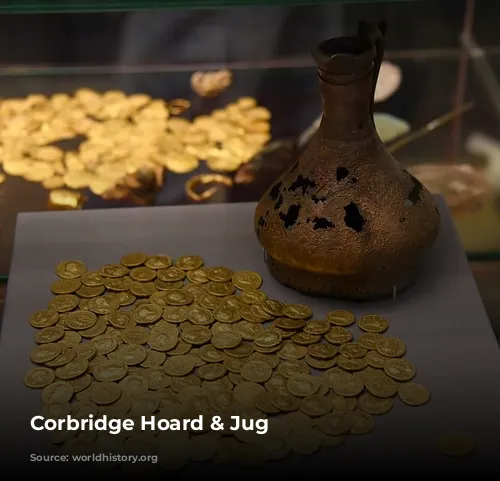
The Products of Roman Trade
Archaeological evidence, combined with literary sources, coins, and even shipwrecks, paints a vivid picture of the extensive trade network in the Roman world. Romans traded a wide range of goods, from foodstuffs like olives, fish, meat, cereals, salt, and prepared foods to animal products like leather and hides. They also traded objects made from wood, glass, metals, textiles, pottery, and materials for manufacturing and construction.
The production of specialized goods on large estates fueled inter-regional trade. For example, wine from Egypt and olive oil from southern Spain traveled across the empire to satisfy the needs of diverse populations. These large estates were incredibly productive, evidenced by the massive cellars found at archaeological sites. These cellars could store vast quantities of wine, olive oil, and other goods, reflecting the sheer scale of production and trade.
While towns were primarily centers of consumption rather than production, some exceptions existed, particularly in larger cities and harbours. Specialized workshops, sometimes employing up to 30 workers, produced impressive quantities of goods, contributing significantly to the Roman economy.
Roman trade was not limited to the empire’s borders. Bustling ports like Gades, Ostia, Puteoli, Alexandria, and Antioch imported goods from distant lands like Arabia, India, Southeast Asia, and China. These goods traveled along established land routes, such as the Silk Road, or by sea across the Indian Ocean.
International trade was not limited to luxury goods like pepper, spices, colored marble, silk, perfumes, and ivory. The widespread distribution of low-quality pottery and terracotta oil lamps found in shipwrecks demonstrates the importance of trade in everyday goods.
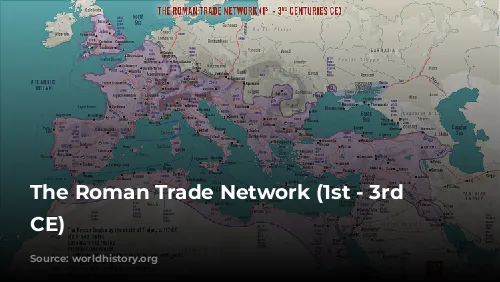
The Challenges of Transportation
The Romans faced challenges in transporting goods across their vast empire. Although they are celebrated for their roads, sea travel remained much cheaper and faster for transporting goods.
While sea transport was the most efficient option, it was not without its risks. Ships faced the dangers of storms, piracy, and seasonal restrictions, limiting navigation during certain months of the year.
Evidence of Trade and Control
The sheer scale of trade in the Roman world is evident in the millions of amphorae and oil lamps produced. The city of Rome alone consumed an estimated 23,000,000 kilograms of oil and over 1,000,000 hectolitres of wine annually.
The Roman state played an active role in regulating trade, aiming to maintain order and ensure supply. This control was reflected in the widespread use of stamps and markers on goods, identifying their origin, manufacturer, and quality. These markers helped to control trade, provide product guarantees, and prevent fraud.
Beyond state control, a robust free-trade economy existed within and beyond the Roman Empire. This free trade was facilitated by the development of banking, allowing merchants to take out loans in one port and repay them in another. This system enabled the efficient flow of goods and capital across vast distances.
A Legacy of Trade
The Roman Empire stands as a testament to the power of trade to connect communities and drive economic growth. The sheer scale and sophistication of their trade network, fueled by a blend of state control and private enterprise, left an enduring legacy. The Roman world was a vibrant marketplace, a testament to human ingenuity and the enduring power of trade. Their story reminds us of the enduring importance of commerce and the potential for trade to connect diverse cultures and foster economic prosperity.
